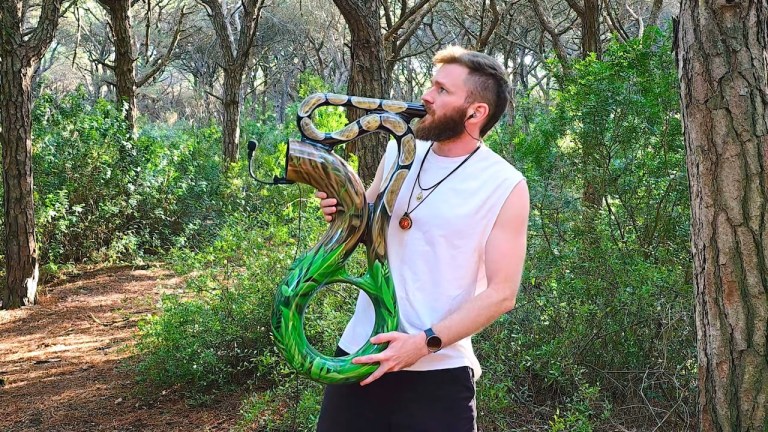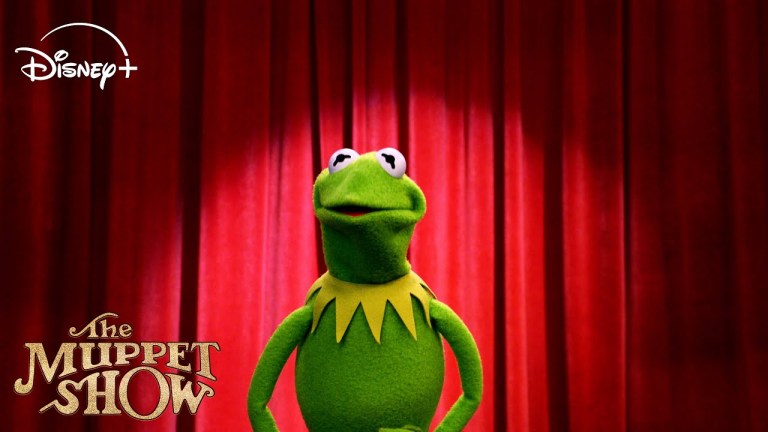The Long Horrific History of Witch Hunts That Led to Innocent Women Being Accused of Practicing Witchcraft
In a truly haunting Ted-Ed Lesson written by Brian A. Pavlac and animated by Lisa LaBracio, narrator Adrian Dannatt describes the long horrific history of “witch-hunts” from the 15th century through the 18th century, where innocent women were accused of practicing witchcraft due to unfortunate circumstances or societal ills.
A witch hunt often began with a misfortune: a failed harvest, a sick cow, or a stillborn child. Community members blamed witchcraft and accused each other of being witches. Many of the accused were people on the fringes of society: the elderly, the poor, or social outcasts, but any member of the community could be targeted, even occasionally children.
After the churches locked onto this idea that any woman could be tried as a witch for the smallest of reasons, the practice became sickeningly widespread, with terrible consequences.
While religious authorities encouraged witch hunts, local secular governments usually carried out the detainment and punishment of accused witches. Those suspected of witchcraft were questioned and often tortured and under torture, thousands of innocent people confessed to witchcraft and implicated others in turn.
Eventually, the practice was abandoned in the 18th century when the rise of Democratic norms allowed more voices to be raised against it. But like anything else, those who do not learn from history are doomed to repeat it unless people are willing to speak up and out.
The potential for similar situations, in which authorities use their powers to mobilize society against a false threat, still exists today— but so does the capacity of reasoned dissent to combat those false beliefs.






